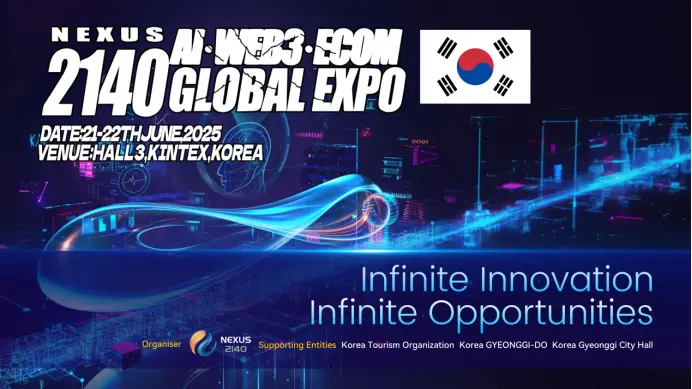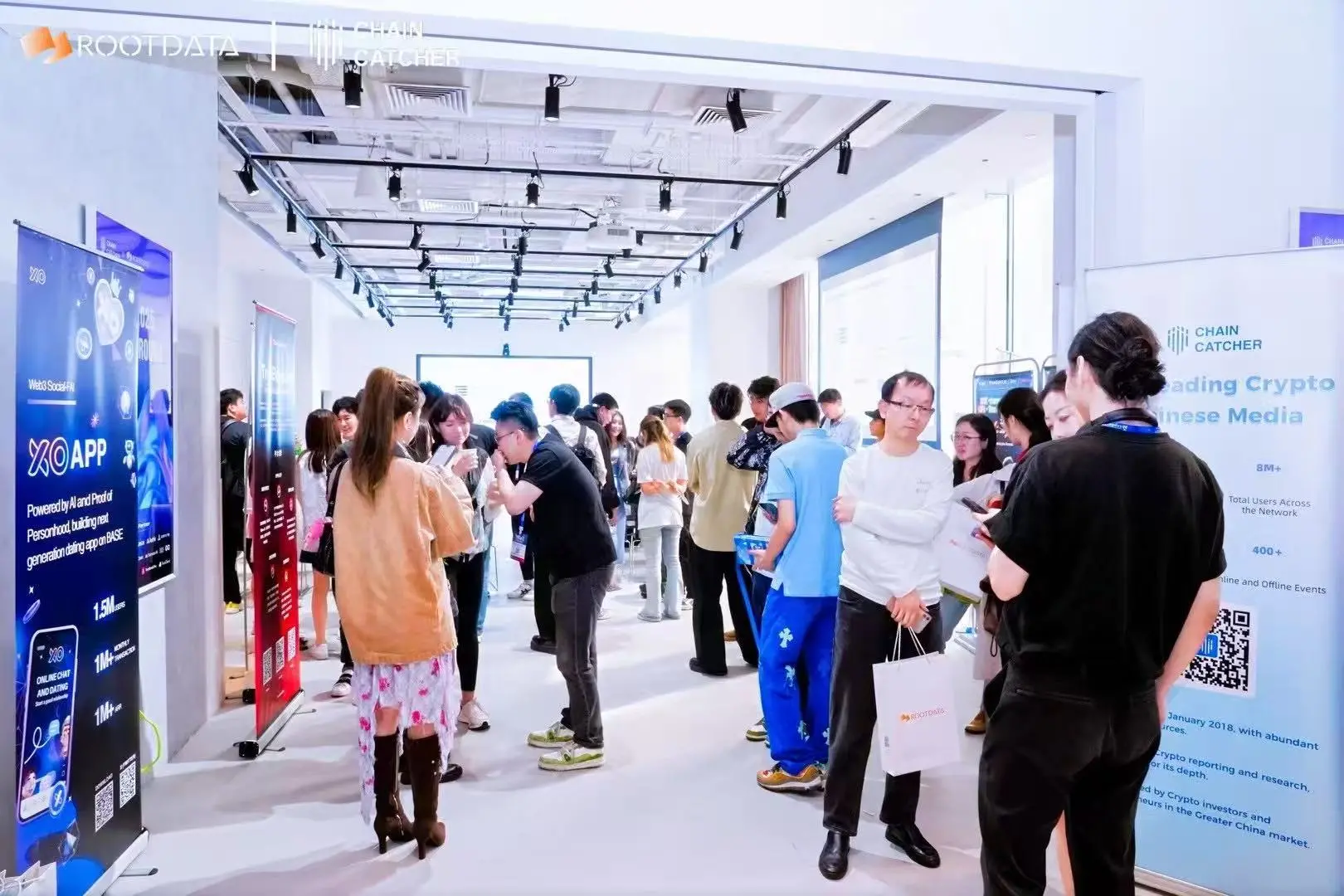Analog: The Liquidity Hub of Autonomous Chains - Expanding to Real World Assets (RWA)
Author: Victor Young, Founder of Analog
The rebranding of Analog as "the liquidity hub for autonomous chains" demonstrates Analog's commitment to addressing the issue of liquidity fragmentation in the blockchain space, particularly in the tokenization and integration of real-world assets (RWA). Analog's proprietary Timechain is set to become the L0 blockchain for the RWA ecosystem, providing a robust and interoperable foundation for on-chain finance, supporting the development of new L1 RWA blockchains (beyond $OM).
Leveraging advanced technological architecture—including General Message Passing (GMP), decentralized Chronicle nodes, and the upcoming Proof of Time (PoT) consensus mechanism (which combines Proof of Stake (PoS) and a Google PageRank-like reputation scoring system)—Analog achieves seamless liquidity aggregation and secure cross-chain communication. This offers innovative financial applications for traditional assets on-chain while maintaining decentralized security and transparency.
In the face of a rapidly changing regulatory environment, such as the recent issuance of a limited DeFi license by Dubai VARA, Analog is actively positioning itself in key markets like MENA. We view this regulatory progress as a landmark advancement in the integration of DeFi and RWA services within a controlled framework. To further enhance compliance, we are preparing to apply for a VARA license to ensure that our RWA interoperability and tokenization solutions meet stringent regulatory requirements and promote widespread institutional adoption.
By deeply engaging in the RWA space, Analog not only addresses the core pain points of traditional finance on-chain but also drives the growth of TVL (Total Value Locked), protocol fees, and the real-world application value of the $ANLOG token. With cutting-edge technology, compliance strategies, and a focus on cross-chain liquidity, Analog is building the next generation of interconnected Web3 ecosystem platforms.
By utilizing Timechain, General Message Passing (GMP), and Chronicle nodes, Analog positions itself as a critical infrastructure supporting seamless liquidity aggregation and interoperability for tokenized real-world assets (RWA) across autonomous chains.
Here is a detailed analysis of how this narrative integrates with RWA/tokenization use cases:
- Analog's GMP protocol allows tokenized RWAs (e.g., DAMAC real estate, EMAAR commercial properties) to coexist on Ethereum, Solana, and Cosmos-based chains while maintaining synchronized liquidity pools. This aligns with the vision of the RWA Liquidity Hub (RLH) but adds cross-chain composability:
Dynamic liquidity allocation: Chronicle Nodes monitor cross-chain RWA trading activity, rebalancing liquidity to the chains with the highest demand (e.g., Solana for retail investors, Ethereum for institutional investors).
Cross-chain market making: Smart contracts hosted on Timechain enable arbitrage bots to stabilize RWA prices across chains and pay fees in $ANLOG.
Example: Tokenized EMAAR assets on Ethereum can be traded with Solana-based stablecoins via GMP, achieving millisecond settlement and avoiding 40% forex costs associated with traditional letters of credit.
- Analog Watch integrates with decentralized oracles (Chainlink, DIA) to provide real-time pricing for tokenized assets:
- AI-based valuation models: Chronicle Nodes validate mixed data streams (e.g., IoT sensors from EMAAR buildings, CME commodity futures) to calculate RWA net asset value (NAV), reducing reliance on centralized valuation agencies.
- Dispute resolution: $ANLOG stakers are responsible for governing oracle accuracy, funding liquidity pools with 10% of protocol fees, penalizing malicious nodes, and compensating users.
- Compliance: Metadata compliant with VARA requirements (e.g., ownership certificates, Sharia compliance proofs) has been anchored to Timechain, meeting Dubai's RWA standards.
- Analog's liquidity hub enables RWAs to serve as cross-chain collateral:
- Multi-chain margin: Users lock tokenized gold (Ethereum ERC-20) to borrow USDC on Avalanche, with collateral value verified cross-chain by Chronicle Nodes.
- $ANLOG-backed insurance: 5% of ANLOG staked funds provide a default pool, covering 50% losses caused by oracle pricing errors or smart contract vulnerabilities.
4. Decentralized RWA standards determined by ANLOG holders' votes:
- Asset whitelisting: Standards for RWA tokenization (e.g., minimum valuation of EMAAR assets at $1 million).
- Fee structure: 1-2% minting fee, with 50% burned in $ANLOG, creating deflationary pressure.
5. Our advantages: Plume Network ($PLUME) RWA TVL lacks AI-driven liquidity optimization. Mantra ($OM) DAO is UAE-centric. Analog targets global RWA interoperability.
By becoming the cross-chain settlement layer for autonomous chains, Analog creates a self-reinforcing ecosystem:
- RWA tokenization growth → ANLOG burn: More RWAs minted = higher fee burn (1% of all transactions).
- TVL growth → staking rewards: Increased collateral asset value (e.g., EMAAR assets) raises ANLOG staking annual percentage rate (APR).
- Data utility → governance premium: Institutions pay ANLOG premiums for priority access to oracles.
This positions Analog as a pillar in the RWA market, projected to reach $30 trillion by 2034, with $ANLOG serving as an indispensable fuel and governance token.










